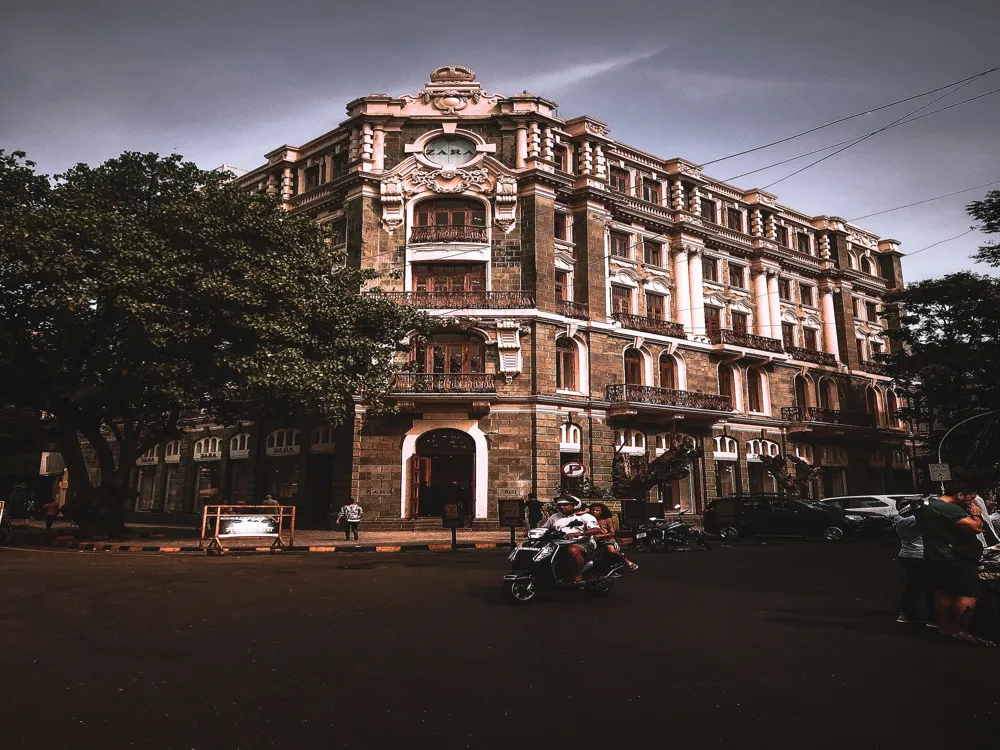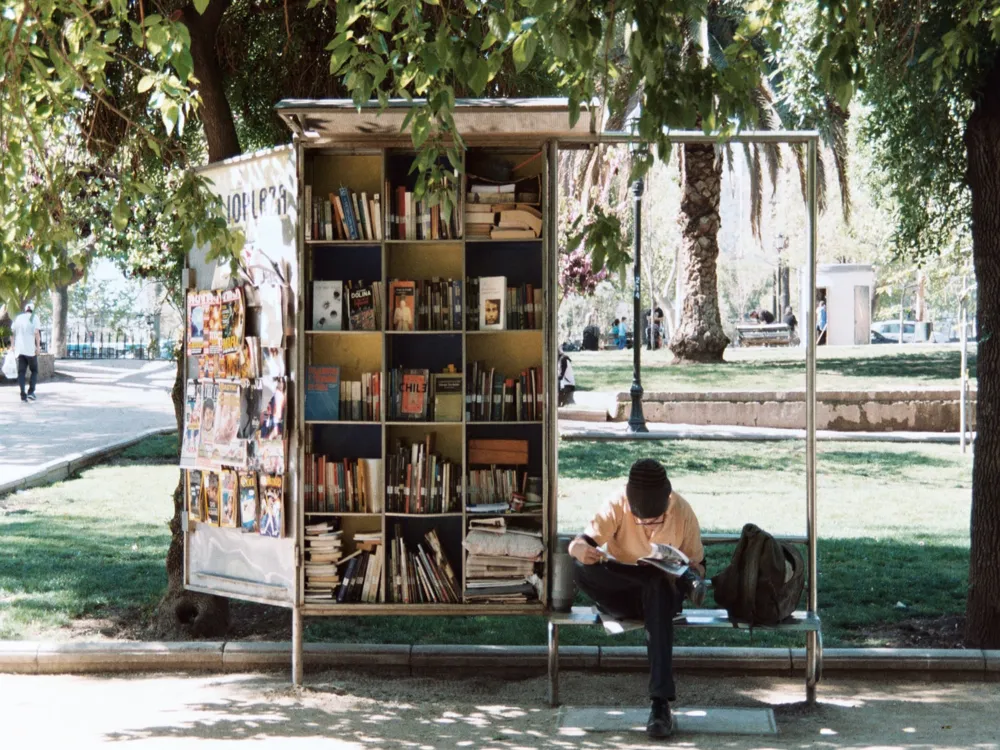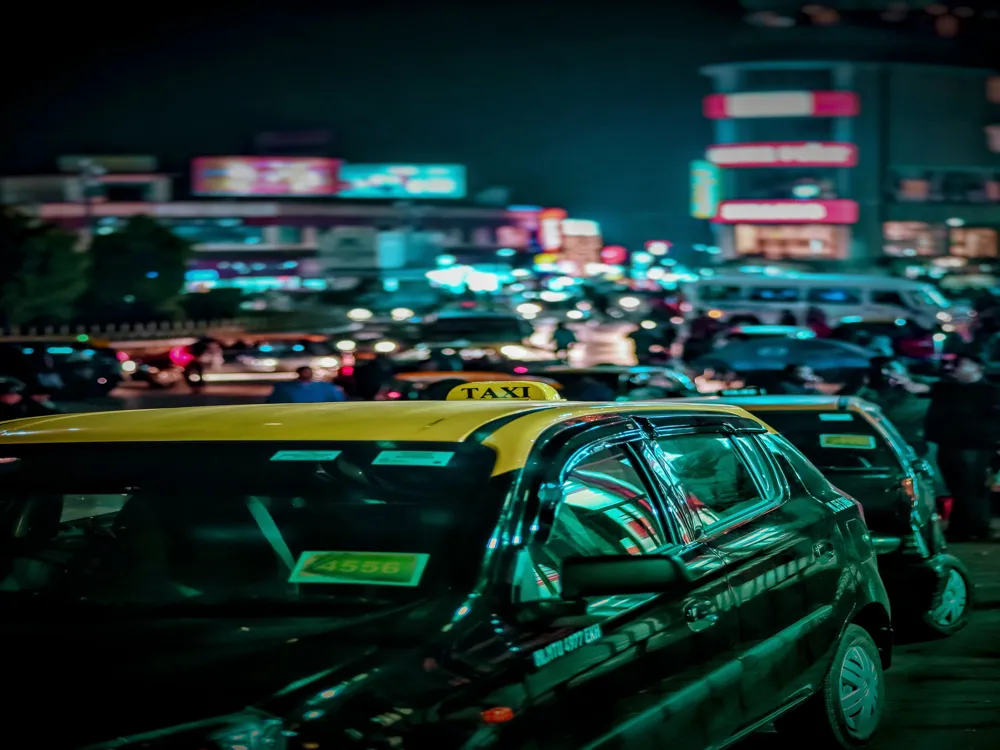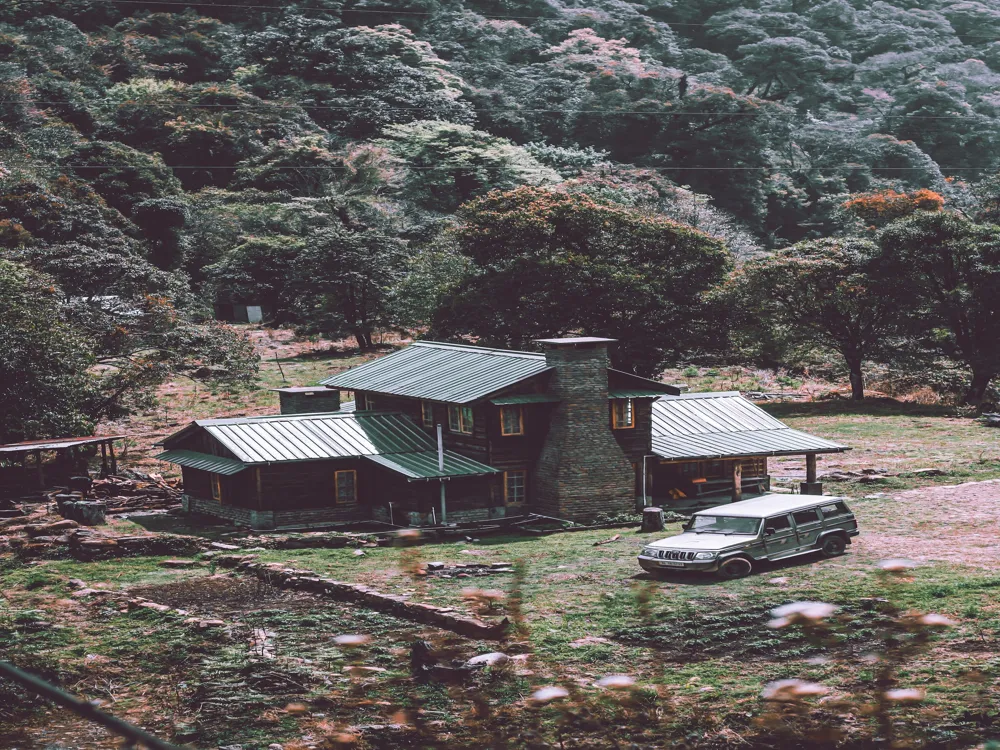The Shri Govindjee Temple, located in the heart of Imphal, the capital city of Manipur, is a significant historical and spiritual landmark. This venerable temple is not just a center of religious activities but also a symbol of the rich cultural heritage of Manipur. Dedicated to Lord Vishnu, the temple has been an integral part of Manipuri society for centuries, playing a crucial role in the socio-cultural life of the people. Constructed in the early 18th century under the patronage of Maharaja Rajarshi Bhagyachandra, the Shri Govindjee Temple stands as a testament to the architectural ingenuity of the time. The temple has witnessed numerous historical events, and its resilience through the years is a story of devotion, art, and the indomitable spirit of the Manipuri people. The serene atmosphere of the temple, combined with its stunning architecture, draws thousands of pilgrims and tourists every year, making it a must-visit destination in the Northeastern region of India. The architecture of Shri Govindjee Temple is a magnificent example of the unique blend of Hindu and Meitei architectural styles. The temple's design reflects the historical and cultural influences of the region, making it a significant architectural marvel in Manipur. Constructed primarily with bricks and laterite, the temple's structure is robust and has stood the test of time. The temple features two gold-plated domes, a paved courtyard, and a large congregation hall. The sanctum sanctorum, which houses the deity of Lord Govindjee, is intricately carved and is a focal point of the temple's architectural brilliance. The walls and ceilings of the temple are adorned with beautiful murals and carvings depicting scenes from Hindu mythology, particularly the life and deeds of Lord Vishnu. These artistic elements not only enhance the temple's beauty but also serve as a medium for storytelling and spiritual education. What makes the architecture of Shri Govindjee Temple unique is its adaptation to the local climatic conditions. The temple's design allows for ample ventilation and natural light, ensuring a tranquil and divine ambiance inside. The layout of the temple, with its spacious courtyards and open halls, facilitates the conduct of large-scale religious ceremonies and festivals, which are a significant aspect of the temple's cultural significance. When visiting Shri Govindjee Temple, it is important to dress modestly as a mark of respect to the religious site. Traditional or conservative attire is recommended. While photography may be allowed in some areas of the temple, it is advisable to check for any restrictions and respect the privacy of worshippers and the sanctity of the temple. Visitors should be mindful of the temple's customs and traditions. It is respectful to follow the rituals, such as removing shoes before entering the temple premises. The best time to visit the temple is during the early morning or late afternoon when the temple is less crowded, and the weather is more pleasant. Plan your visit during the local festivals for a culturally rich experience. However, be prepared for larger crowds during these times. Shri Govindjee Temple is easily accessible from various parts of Imphal and the surrounding regions. The nearest airport is Imphal International Airport, which is well-connected to major Indian cities. From the airport, one can hire taxis or use local transportation to reach the temple. For those traveling by road, Imphal is connected through a network of highways making it reachable from nearby states and cities. Additionally, visitors can also use local bus services which are frequent and affordable. Read More:Overview of Shri Govindjee Temple, Imphal
Architecture of Shri Govindjee Temple
Tips When Visiting Shri Govindjee Temple
Dress Appropriately
Photography Guidelines
Respect the Customs
Best Time to Visit
Festivals and Events
How To Reach Shri Govindjee Temple
Shri Govindjee Temple
Imphal
Manipur
NaN onwards
View imphal Packages
Weather :
Tags : Temple
Time Required : 1 to 2 hours
Planning a Trip? Ask Your Question
Imphal Travel Packages
View All Packages For Imphal
Top Hotel Collections for Imphal

Private Pool

Luxury Hotels

5-Star Hotels

Pet Friendly
Top Hotels Near Imphal
Other Top Ranking Places In Imphal
View All Places To Visit In imphal
View imphal Packages
Weather :
Tags : Temple
Time Required : 1 to 2 hours
Planning a Trip? Ask Your Question
Imphal Travel Packages
View All Packages For Imphal
Top Hotel Collections for Imphal

Private Pool

Luxury Hotels

5-Star Hotels

Pet Friendly





















